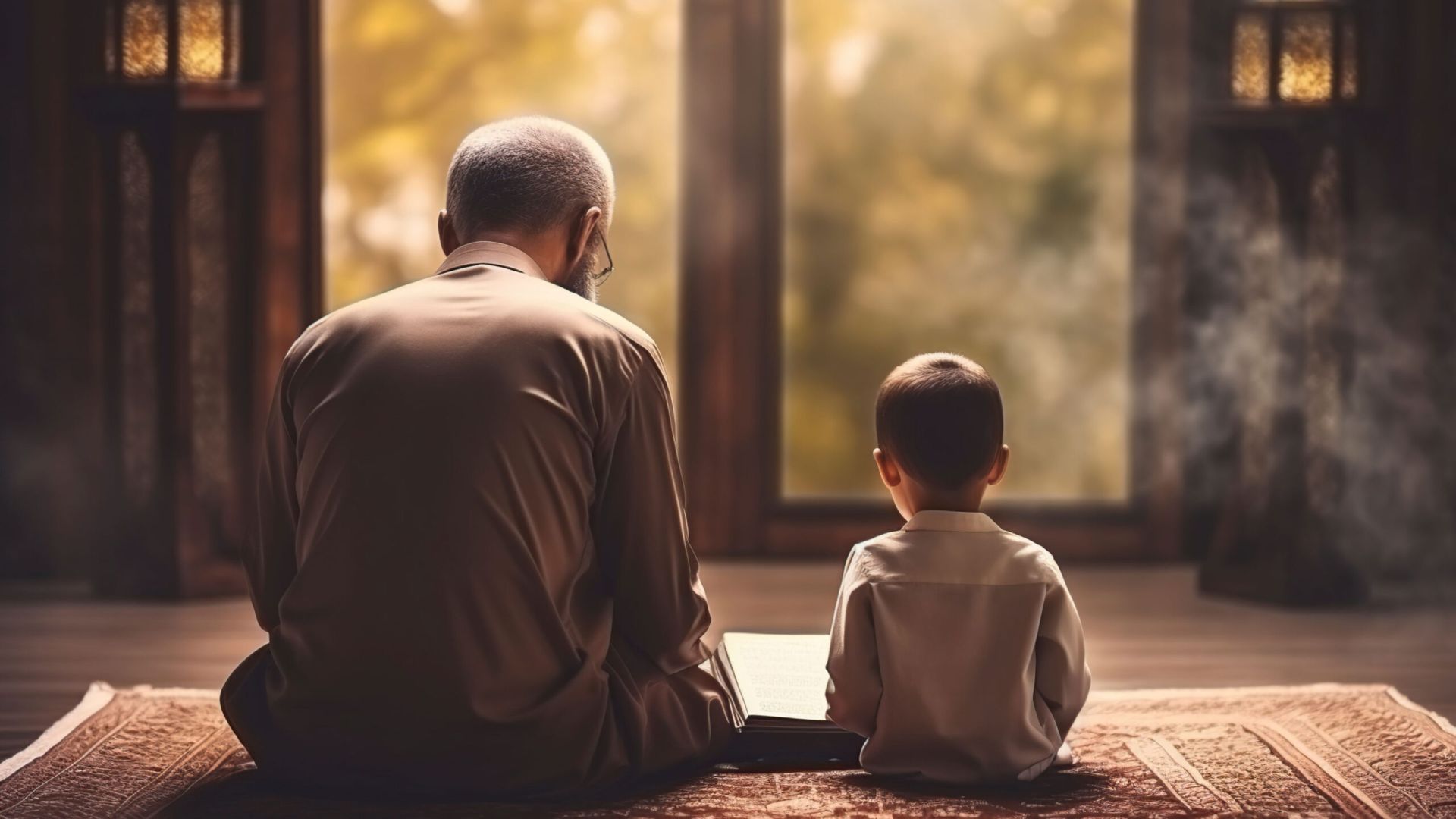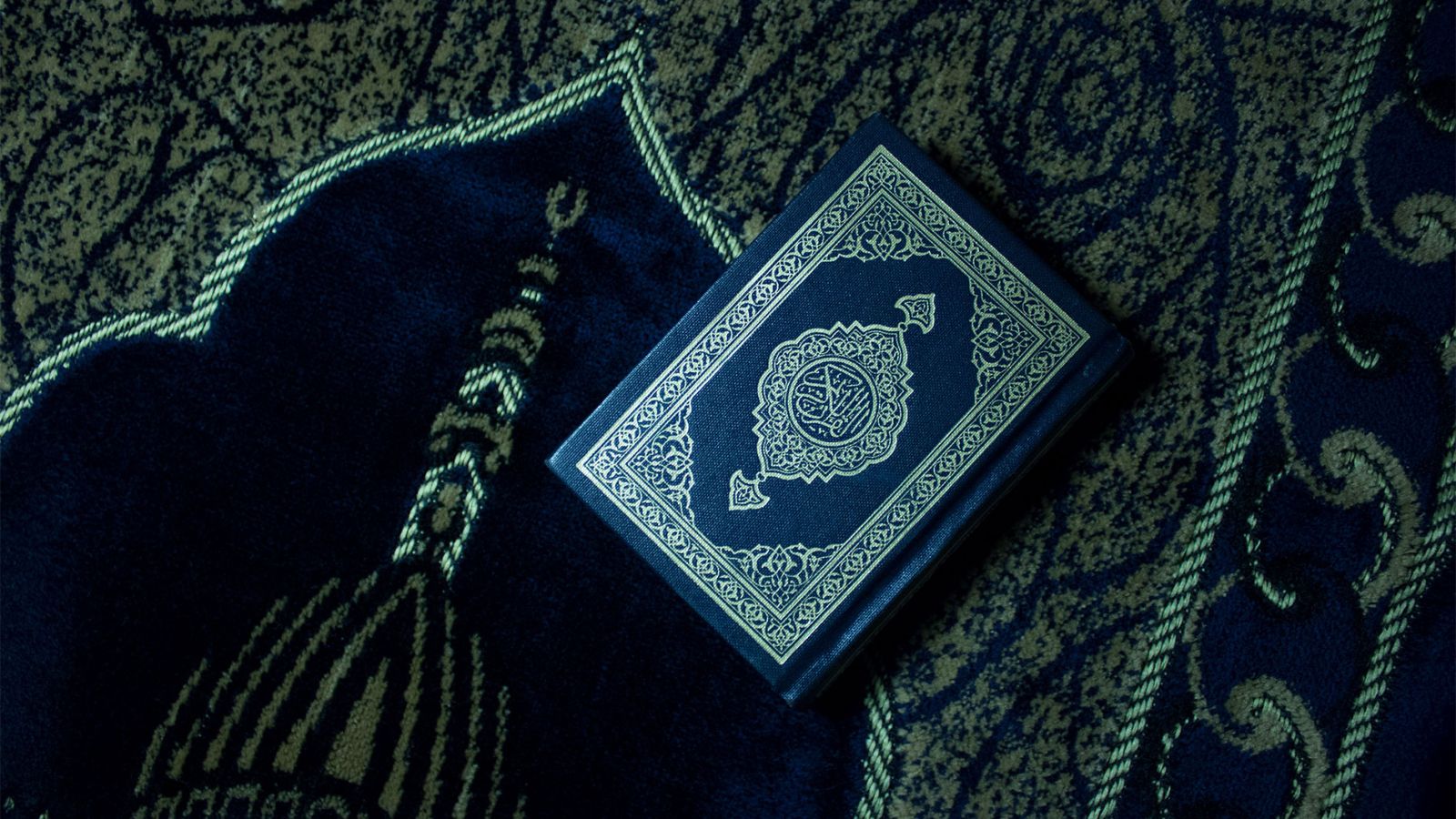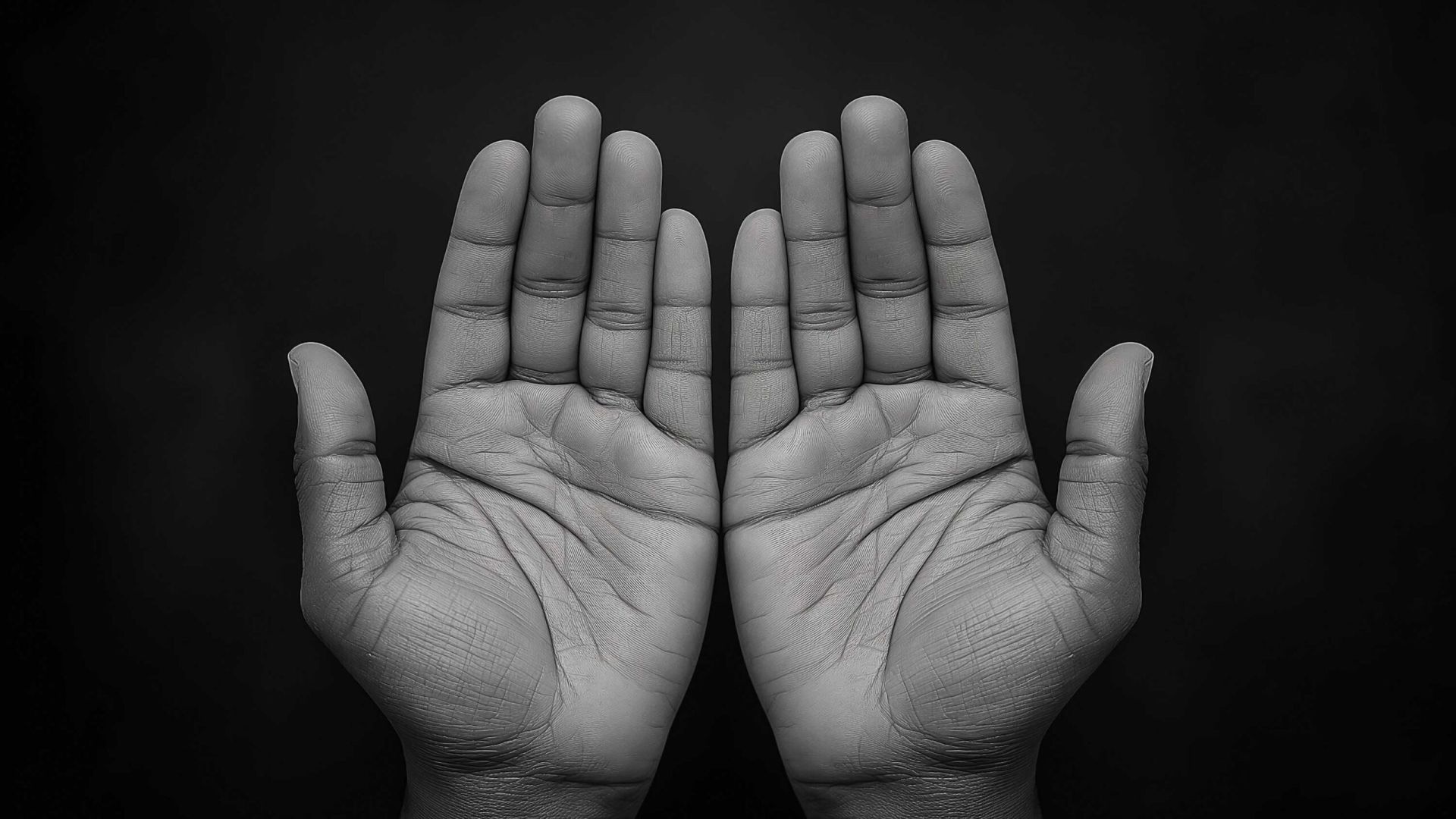On the Imamate of Women


This ḥadīth establishes that the imamate of women and their praying in congregation is correct and affirmed by means of the order of the Messenger of Allāh (ﷺ).
577) Umm Waraqah, the daughter of Nawfal reported, “When the Prophet (ﷺ) proceeded for Badr I said to him, ‘Messenger of Allāh allow me to accompany you in the battle. I shall act as a nurse for your patients and maybe Allāh will bestow martyrdom upon me.’ He replied, ‘stay at your home and Allāh the Exalted will bestow martyrdom upon you.’ [The narrator said: hence she was called a martyr.] She read the Qurʾān and sought permission from the Prophet (ﷺ) to have a muʾadhin in her house. He, therefore, permitted her to do so. She announced that her slave and slave girl would be free after her death so one night they strangled her with a sheet of cloth until she died and ran away. The next day ʿUmar announced that anyone who has knowledge of them or has seen them should bring them to him. (After they were caught) ʿUmar ordered that they be crucified and this was the first crucifixion at Madīnah.”
578) From Umm Waraqah, the daughter of ʿAbdullāh ibn al-Ḥārith, “the Messenger of Allāh (ﷺ) used to visit her at her house. He appointed a muʾadhin to call aẓan for her and he commanded her to lead the inmates of her house in prayer.” ʿAbd al-Raḥmān said, “I saw that her muʾadhin was an old man.”
[Abū Dāwūd (Eng. Trans. #591&592)]
This ḥadīth establishes that the imamate of women and their praying in congregation is correct and affirmed by means of the order of the Messenger of Allāh (ﷺ). Āʿishah (raḍī Allāhu ʿanhū) and Umm Salamah (raḍī Allāhu ʿanhū) led the women in prayer for the obligatory prayers and the prayer of Tarāwīḥ.
Al-Ḥāfiẓ said in ‘Talkhees al-Habeer’,
“The ḥadīth of Āʿishah that the led the women in prayer by standing in the middle (of their first row) was reported by Abdurrazaaq and via his route, al-Dāraqutnī and al-Bayḥaqī from the ḥadīth of Abū Ḥāzim from Rā’ita al-Hanafiyyah from Āʿishah that ‘she led them in an obligatory prayer standing amongst them.’
Ibn Abī Shaybah and al-Ḥākim report via the route of ibn Abī Laylah from Ataa from Āʿishah ‘that she used lead the women in prayer and stand in the middle of their (first row).’
The ḥadīth of Umm Salamah that she led the women in prayer and stood in the middle of them was reported by ash-Shaafi`ee, ibn Abī Shaybah and ʿAbd al-Razzāq all from ibn Uyaynah from Ammaar ad-Dahnee from a woman of his people who was called Hajeerah from Umm Salamah ‘that she led them in prayer and stood in the middle (of the first row).’
The wording of ʿAbd al-Razzāq has, ‘Umm Salamah led us in the ʿAṣr prayer and stood in the middle of us.'”
Al-Ḥāfiẓ also said in ‘ad-Dirāyah’,
“Muḥammad ibn al-Ḥasan reports from Ibrāhīm an-Nakha`ee from Āʿishah ‘that she used to lead the women in prayer during the month of Ramaḍān and stood in the middle (of their first row).'”
I say: it is clear from this aḥādīth that when a woman leads other women then she stands in the middle (of their first row) amongst them and not in front of them (as a man does).
(as-Sana`ānī) said in ‘as-Subul as-Salām’,
“The ḥadīth lends proof for the correctness of a woman leading the people of her household, even if there be a man amongst them – and in this case, he was her mu`adhdhin and an old man. The literal sense of the ḥadīth shows that she used to lead him, her servant, and her slave-girl.
Abū Thawr, al-Muzanī and al-Tabarī took to the opinion that this was correct while the majority were of the opposite opinion.”
ʿAbd al-Razzāq reports in his Mūsánnaf from Ikrimah from ibn ʿAbbās that he said, “when a woman leads women in prayer then she should stand in the middle of them.”
Most Popular: Last 30 Days















